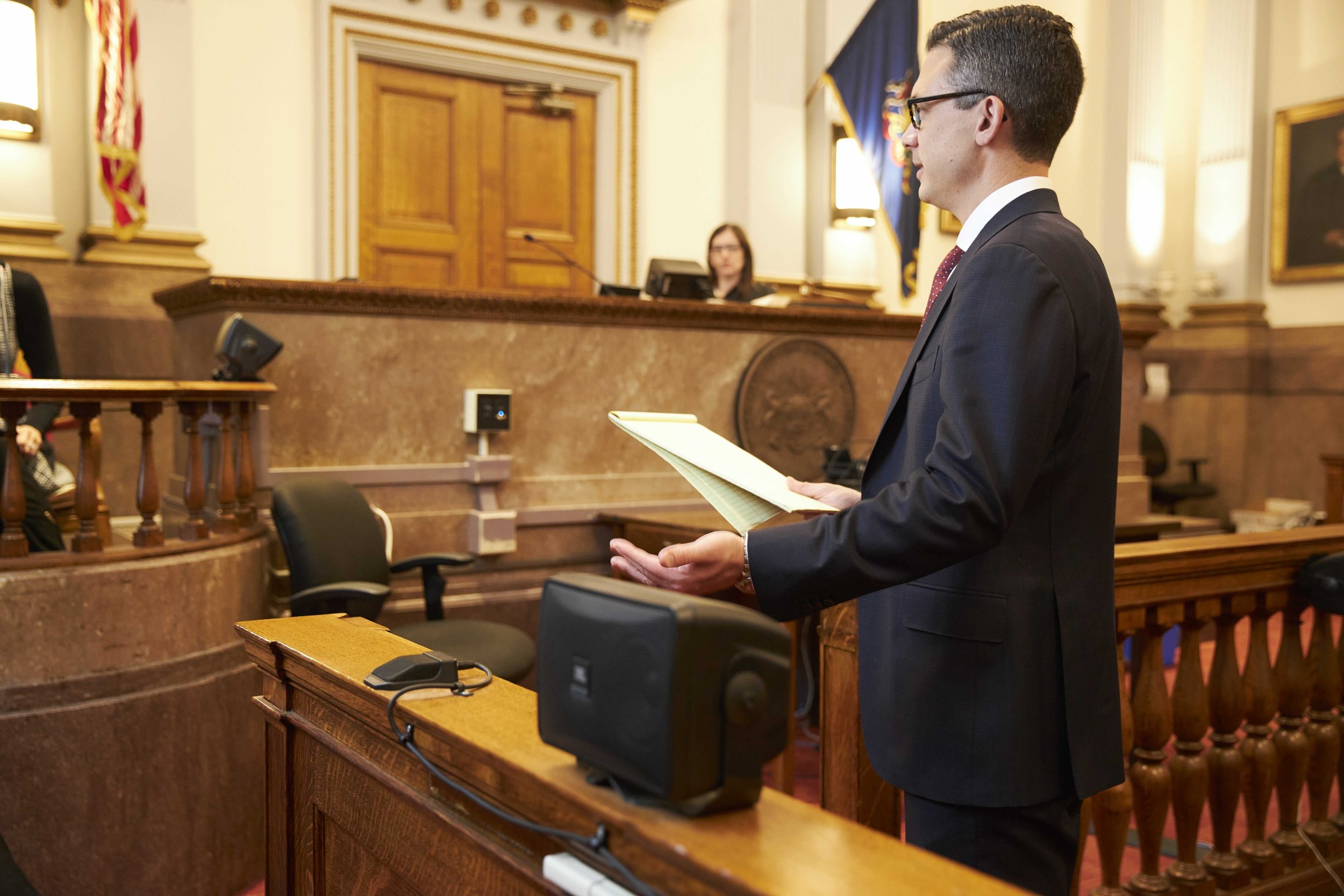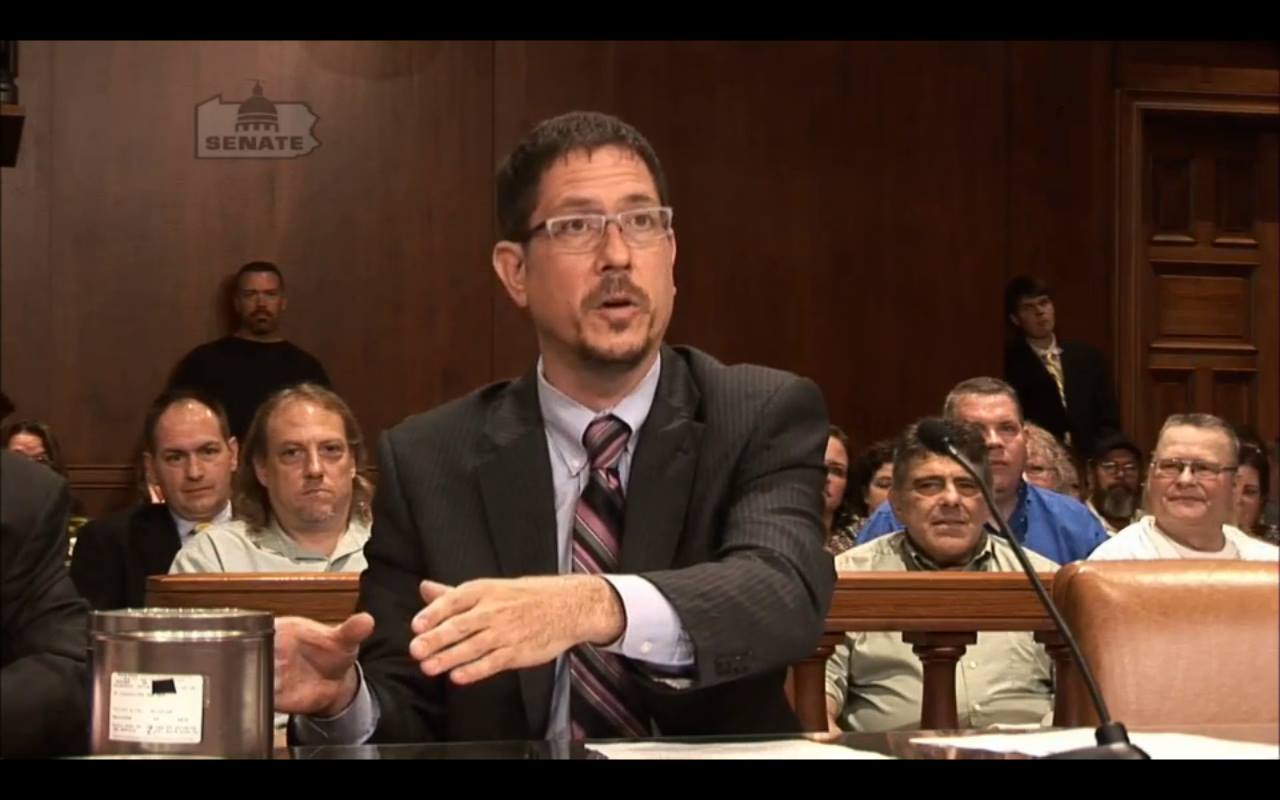Demystifying the Process of Federal Appeals: What You Required to Know
Navigating the complex world of federal charms can typically look like passing through undiscovered waters for those strange with the procedure. Recognizing the subtleties of appellate court jurisdiction, the details of submitting a notice of charm, offering a compelling quick, and making a persuasive oral argument are important parts that can considerably affect the result of an instance. By deciphering the layers of complexity surrounding federal appeals, people can acquire a clearer understanding into the devices that govern this critical phase of the lawful system.
Understanding Federal Appeals Refine
Delving right into the elaborate realm of the federal appeals procedure reveals a methodical and structured trip via the judicial system - federal appeal attorneys in kentucky. Federal charms function as an essential mechanism for evaluating decisions made by lower courts. Understanding this process is important for anyone associated with legal process at the federal degree
The process normally starts with a celebration dissatisfied with a reduced court's judgment filing a notification of appeal. This sets off a review by a higher court, where a panel of courts examines the lawful disagreements presented by both parties. Briefs outlining the legal thinking behind each event's placement are submitted, and dental arguments might be heard to make clear complicated issues.
The appellate court's decision is based on a thorough assessment of the reduced court's process and the arguments presented. The courts do not review truths however focus on whether legal errors occurred that impacted the reduced court's decision. As soon as the appellate court gets to a decision, it can verify, turn around, remand, or change the lower court's judgment, providing quality and finality to the legal conflict. Recognizing this procedure is essential for navigating the complexities of federal charms successfully.
Appellate Court Jurisdiction Explained

Appellate courts have territory over particular sorts of cases, usually those including legal errors, procedural concerns, or questions of law instead of valid disputes. The territory of appellate courts is typically detailed in statutes and laws that control the court system. Recognizing appellate court territory is crucial for events associated with the appeals process as it determines whether a situation is eligible for evaluation and the level to which the appellate court can interfere in the reduced court's decision.
Declaring a Notice of Allure
The preliminary action in commencing the government appeals procedure includes submitting a Notice of Allure with the proper appellate court. federal mortgate appeals. This important file formally informs the court and the various other parties entailed in the situation that the appealing celebration means to seek a review of the lower court's decision. Filing a Notice of Charm is a stringent step-by-step need that establishes the appellate procedure in motion
When preparing the Notification of Appeal, it is crucial to make sure conformity with the certain policies and standards of the appropriate appellate court. The file should generally consist of info such as the situation name, the reduced court's name, the day of the judgment being appealed, and a succinct declaration suggesting the grounds for the charm.
Timeliness is important when filing a Notice of Allure. Missing the due date for submitting this document can lead to the charm being disregarded, underscoring the importance of accurate and prompt initiation of the charms process. It is recommended to seek legal advice to browse the intricacies of submitting a Notice of Allure effectively.
Briefing and Dental Disagreement
In the appellate procedure, providing created briefs and taking part in dental disagreements play critical roles in advocating for the appealing party's position prior to the appellate court. Briefs are detailed lawful papers that outline the parties' disagreements, legal authorities, and analysis sustaining their settings. These written submissions supply the court with a detailed understanding of the facts of the case, the pertinent regulation, and why the appealing event believes the lower court's choice should be overturned.
Following the entry and evaluation of the briefs, dental disagreements provide the events an opportunity to additional clarify their positions, resolve any kind of concerns the appellate judges might have, and emphasize bottom lines from their written briefs. Dental disagreements are a possibility for the lawyers to persuade the courts through verbal advocacy and responses to questions from the bench.

Getting the Appellate Court Choice

Conclusion
Finally, the federal allures procedure is a complex yet essential step in seeking justice. Understanding the appellate court jurisdiction, filing a notification of charm, preparing briefs, and offering dental debates are all crucial parts of this procedure. Ultimately, obtaining the appellate court choice can offer clearness and resolution to legal conflicts. It is very important to browse the government charms process with persistance and focus to information to attain a fair result.
As we progress from recognizing the federal appeals procedure to dissecting the details of appellate court jurisdiction, a fundamental element comes to light relating to the authority and limits of these higher courts in the legal landscape. Appellate court territory refers to the extent of instances that a certain appellate court has the power to determine and examine upon. Unlike trial courts that listen to instances for the initial time, appellate courts are limited to evaluating decisions made by lower courts. Understanding appellate court territory is critical for events involved in the charms procedure as it identifies whether a situation is eligible for evaluation and the level to which the appellate court can intervene in the lower court's choice.
Whether the appellate court affirms, reverses, or remands the reduced court's decision, recognizing the implications of the judgment is crucial for all events entailed in the appellate procedure.